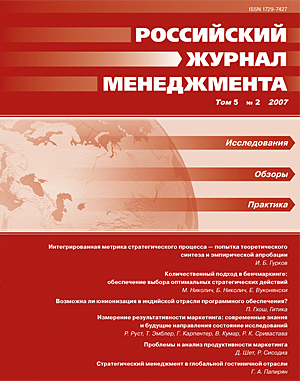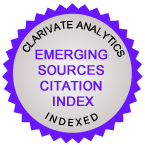Quantitative Approach in Benchmarking: Support to Selection of Optimal Strategic Actions
Abstract
The primary objective of the paper is to consider the possibilities of quantitative approach in individual (corresponding) segments of the benchmarking process. Then the objective was widened to establishing and defining concrete procedures for quantification in the segments of the benchmarking process which were identified as favorable. The structure of the paper follows the applied methodology, which consists of several steps. Appropriate procedures and methods were applied in each step. All the calculations are shown on an imaginary model. Concrete procedures are proposed to quantification in benchmarking. General conclusion is that quantitative approach very well fits into the concept and philosophy of benchmarking. The importance of the paper arises from the development of the procedures for quantification in individual segments of the benchmarking process. The originality is present in three points: application of appropriate measures in order to determine the similarities between companies, two criteria selection of the competent benchmarking partner, the method of defining and selecting strategic actions.
Downloads
References
REFERENCES IN LATIN ALPHABET
Downloads
Published
How to Cite
Issue
Section
License
Articles of the Russian Management Journal are open access distributed under the terms of the License Agreement with Saint Petersburg State University, which permits to the authors unrestricted distribution and self-archiving free of charge.





